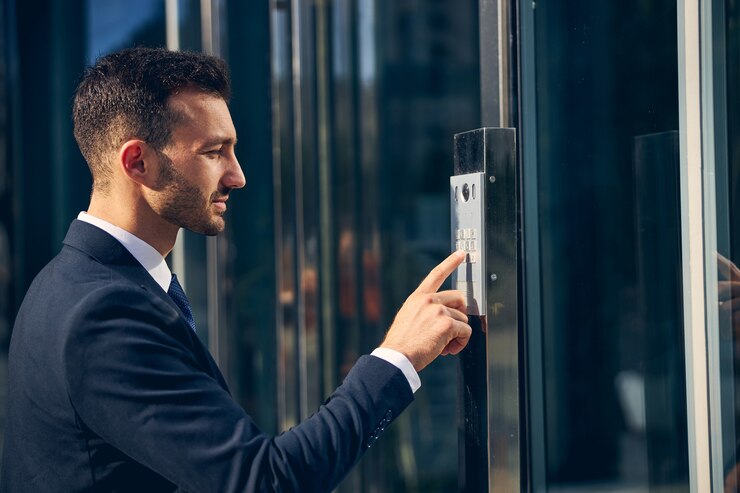When it comes to activating Windows 10 Home, Microsoft offers two primary methods: Product Key and Digital License (also known as digital entitlement). While both serve the same end goal—activating your Windows operating system—they differ significantly in terms of usage, acquisition, and flexibility. Understanding these differences can help users make informed decisions Windows 10 Professional Key when upgrading or reinstalling Windows.
What is a Windows 10 Home Product Key?
A Product Key is a 25-character alphanumeric code used to activate Windows. It typically looks like this: XXXXX-XXXXX-XXXXX-XXXXX-XXXXX. When you buy a boxed copy of Windows 10 Home or a new PC that comes with it pre-installed, you usually receive a product key either printed on a label, included inside the packaging, or embedded in the computer’s firmware (BIOS/UEFI).
Key Features of a Product Key:
-
Manual Entry Required: During installation or setup, you’re prompted to enter the key.
-
Transferable (in some cases): If you bought a full retail license, you can transfer it to another PC, though OEM (original equipment manufacturer) keys are tied to the original hardware.
-
One-time Activation: A product key can typically activate one installation at a time unless specified otherwise.
What is a Digital License?
Introduced with Windows 10, a Digital License is a more modern method of activation. It links your Windows activation status directly to your Microsoft account or the hardware of your device, eliminating the need to enter a product key manually.
How You Get a Digital License:
-
Free Upgrade from Windows 7 or 8.1: If you upgraded to Windows 10 Home from a genuine copy of Windows 7 or 8.1 during Microsoft’s free upgrade offer.
-
Microsoft Store Purchase: Buying Windows 10 Home directly through the Microsoft Store.
-
OEM Activation: Pre-installed Windows 10 Home on new devices.
-
Activation from Insider Program: If you were part of the Windows Insider Program and tested preview builds, you may receive a digital license.
Key Features of a Digital License:
-
No Product Key Required: Activation is automatic when connected to the internet.
-
Linked to Hardware or Microsoft Account: Reinstalling Windows on the same device typically doesn’t require re-entry of credentials if you’re logged into the associated Microsoft account.
-
Simplified Reinstallation: If you reset or reinstall Windows on the same machine, it will reactivate automatically.
Product Key vs. Digital License: Key Differences
| Feature | Product Key | Digital License |
|---|---|---|
| Activation Type | Manual Entry | Automatic |
| Tied To | License or hardware | Hardware or Microsoft account |
| Transferable | Sometimes (retail only) | Generally not unless linked to Microsoft account |
| Ease of Use | Requires tracking the key | Easier with Microsoft account linkage |
| Best For | Retail copies, offline setups | Online activations, OEM devices |
Which One Should You Use?
Choosing between a product key and a digital license depends on your situation:
-
New Build or Custom PC: A retail product key may be more suitable, especially if you want the ability to transfer the license in the future.
-
Upgrading from Windows 7/8.1: You likely already have a digital license.
-
Reinstalling on the Same PC: A digital license simplifies the process and avoids needing to re-enter a key.
-
Buying a PC with Windows Pre-installed: Most come with digital licenses embedded in the hardware.
How to Check Your Activation Type
You can easily check how your Windows 10 Home is activated:
-
Go to Settings > Update & Security > Activation.
-
Look at the Activation section.
-
If it says “Windows is activated with a digital license,” you’re using a digital license.
-
If it says “Windows is activated with a product key,” you’re using a traditional product key.
-
Conclusion
Both the Windows 10 Home Product Key and the Digital License serve the same purpose: activating your operating system. However, the digital license offers a more seamless and user-friendly experience, especially for users who are connected to a Microsoft account and regularly upgrade or reinstall Windows. On the other hand, the product key provides more flexibility for advanced users who need portability or are working with custom-built machines. Understanding the distinction ensures a smoother setup and long-term use of your Windows 10 Home device.


